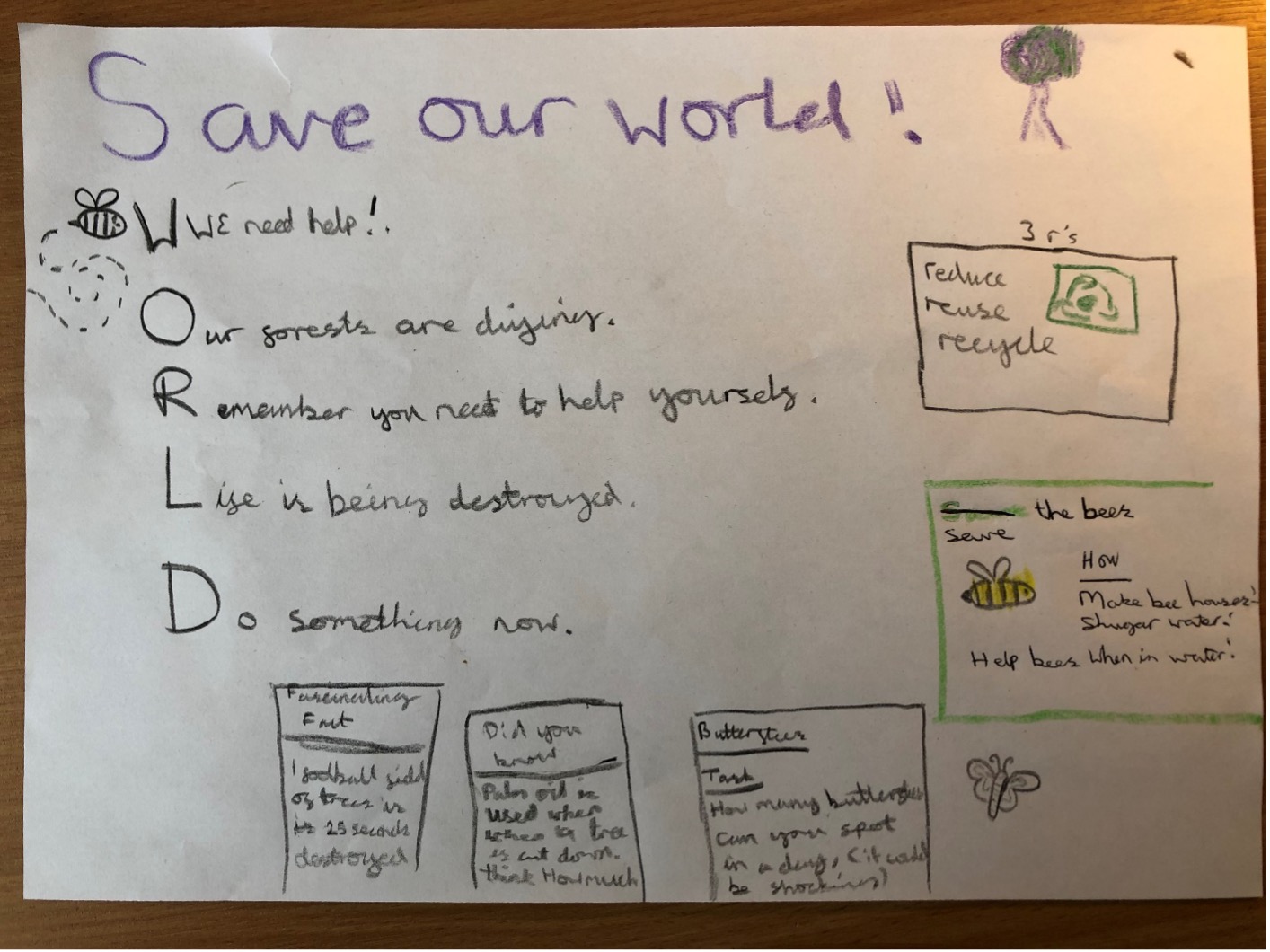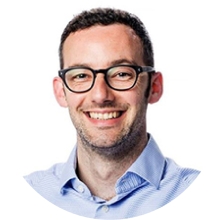Most of us would like to think that we support the concept of sustainability. After all, this is now such a global phenomenon, with such apparently-sound scientific backing. But what actually is sustainability? Do you know?
The UN defines sustainability as ‘meeting the needs of the present, without compromising the ability of future generations to meet their own needs’. This might seem very nebulous – and indeed, it is. However, you will also note that this definition makes no specific reference to the environment. That’s because sustainability as a concept is not (and never has been) limited to the physical world in which we live. Only a small number of the actions that are being taken across the globe, relate to this specifically.
In 2015 the UN developed 17 Sustainable Development Goals (SDGs). The aim of the goals is to achieve a better and more sustainable future for all. They relate to a variety of challenges, including poverty, inequality, climate change, environmental degradation, peace and justice. You can find out more here - https://www.un.org/sustainabledevelopment/sustainable-development-goals/
Please don’t think that working sustainably, or working towards many of the elements in the SDGs is only a recent venture – the UK has been leading the fight for sustainability for decades – and at least since the 1990s, when even then, various organisations including the NHS were recognising the need to plan and practice sustainably. Examples of systems that focus on sustainable practice include the Investors in People accreditation, which was launched by the UK Government in 1991. With respect to environmental sustainability, the British Standards Institute published the world’s first international standards on environmental management in 1992 – and after that, the International Standards Organisation (ISO) published a family of standards (14001) in 1996. The Eco-Management and Audit Scheme (EMAS) is another example of an early environmental management instrument, which was developed in 1993 by the European Commission – and British Building Research Establishment published the BREEAM (Building Research Establishment Environmental Assessment Method) 1990 – and this is the world's longest established method of assessing, rating, and certifying the sustainability of buildings.
So in short, there is lots (and has been lots) going on – a lot of which came about long before the SDGs. So what has changed lately? Well a bit more background first; since 1995 the UN has been holding a series of conferences (Conference of the Parties, COP) which review the ways in which UN instruments and policies are implemented. The COP is the supreme decision-making body of the convention. In 2015, the COP was held in Paris (COP-21) where agreement (The Paris Agreement) was reached over a global reduction of climate change. This was ultimately signed by 174 countries – and each country set to work enacting its own legislation to reach the stated goals. On the back of this, in 2017, the FDI (Fédération Dentaire Internationale, the largest organisation representing Dentistry, globally) published a Sustainability in Dentistry statement at the general assembly in Madrid, here). This set out a policy that outlined the expectations for the delivery of high quality and effective dental care, that is also respectful of the environment. It recognised the multiple stakeholders, including national governments, scientists, educators, manufacturers, distributors, dental equipment technicians, waste collectors and processors. Out of this, the Sustainability Project was born and with it, 3 goals to help shape the future of sustainable oral health care.
In 2021, the COP focussed on climate change and became well-known as COP-26. This was held in Glasgow, and refocussed the national drive in the UK for battling against climate change. A big focus at COP-26 was on reducing greenhouse gas emissions. Our Educator networks at the time (in the UK and across Europe) were also looking at how curricula could change in order to better include these important concepts into the training of medical and dental professionals. It was understood that current methods of delivering health care, damage the environment through a variety of means; greenhouse gas emissions, resource depletion, and clinical, chemical and plastic waste. Recognising that there was an important training need, the Medical Schools Council published ‘Education for Sustainable Healthcare: A curriculum for the UK’, in 2022. Dental Educators were cautious about simply transferring across medical curriculum elements to dental curricula – and so time was spent bringing key opinion leaders and students together to explore what we expected students to be able to do, and how we could teach and assess this in a meaningful way. In 2023 the Curriculum Elements relating to Sustainability in Oral Health Professional Programmes were published, with updates to the Graduating European Dentist curriculum going live earlier this year.
So where are we now? Well, recent data from the ADEE special interest group survey showed that few (if any at all) UK schools include explicitly these learning outcomes yet – primarily due to the recency of their publication. But nonetheless, UK academics were heavily involved in their development and publication – and so we should now look to bring these into our local curricula. This will be a matter for local education teams to take forwards – however it is really very important that everyone in a school understands the direction of travel, and the drivers behind these changes. I present you with a drawing that my then 9-year-old son George drew for me last Summer. This cohort of children are already being educated to understand the problems, challenges and risks of unsustainable practices. He is, without effort, able to discuss and explain the environmental effects of unsustainable practice and global warming. He can offer advice, fun facts, and even mnemonics to help us to rationalise the impacts – and is aware of strategy to address the issues. The point here is that whilst younger children may be well-versed in the concept of environmental sustainability, for many of us as educators, this will take time to understand and to rationalise. Most importantly, we have a cohort of students with us now, and on their way to us, who completely missed that (sailing) boat. So our jobs, for the next few years, are going to be particularly challenging in that regard. What to do? Well, my suggestion is ‘little and often’. We need some simple messages as schools that are seen frequently, that help students and staff to understand the issues, and suggested approaches – before we begin to look at the complexities of actually improving our carbon footprint.





